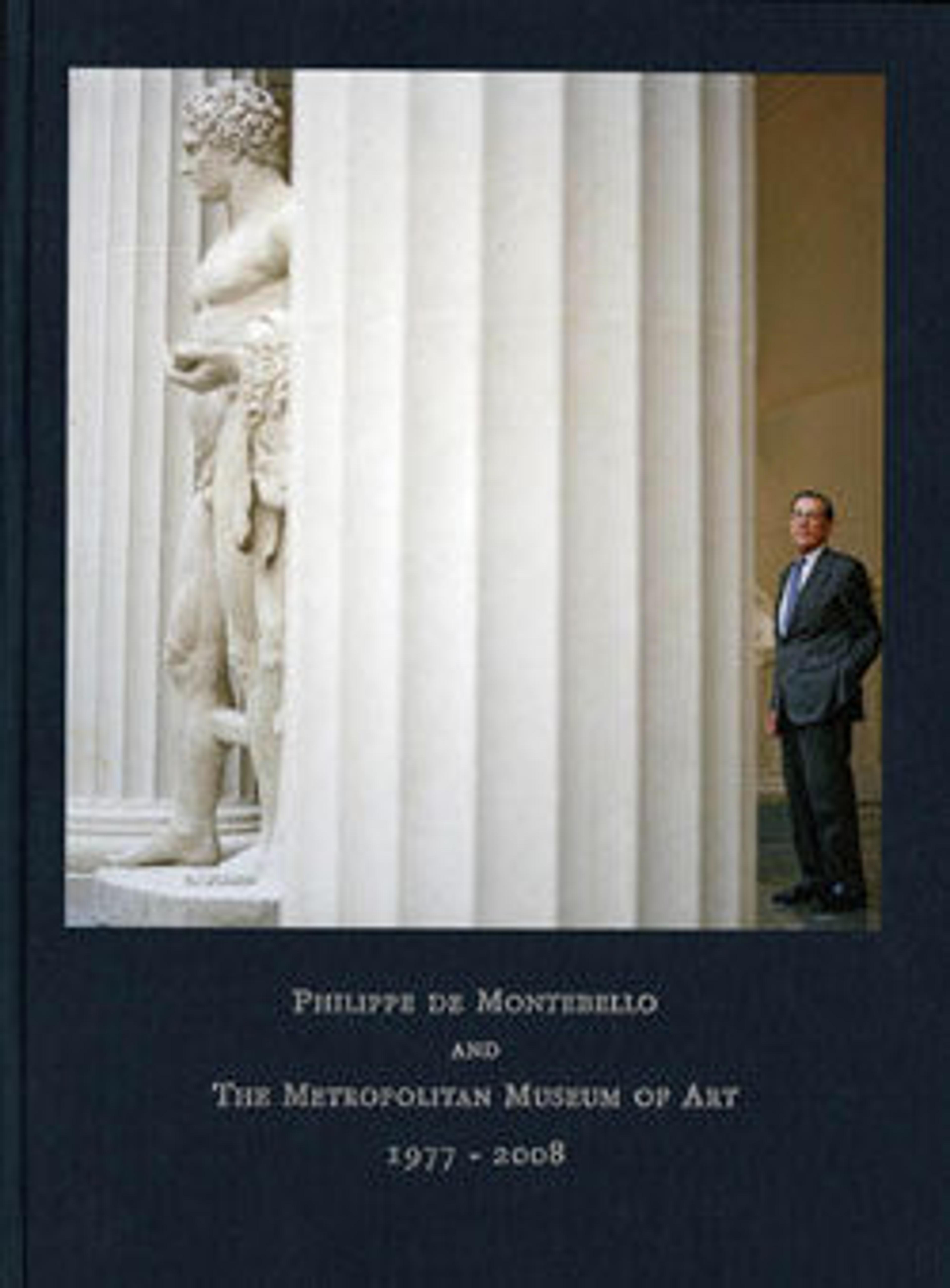Gold pediment-shaped brooch
This remarkable object gains most of its effect from the calligraphic use of filigree wire on its large flat surface. There are now no traces of enamel, but this may well have added the further dimension of color.
Artwork Details
- Title: Gold pediment-shaped brooch
- Period: Late Classical
- Date: ca. 340–320 BCE
- Culture: Greek
- Medium: Gold
- Dimensions: length 3 1/16in. (7.8cm)
- Classification: Gold and Silver
- Credit Line: Rogers Fund, 1906
- Object Number: 06.1159
- Curatorial Department: Greek and Roman Art
More Artwork
Research Resources
The Met provides unparalleled resources for research and welcomes an international community of students and scholars. The Met's Open Access API is where creators and researchers can connect to the The Met collection. Open Access data and public domain images are available for unrestricted commercial and noncommercial use without permission or fee.
To request images under copyright and other restrictions, please use this Image Request form.
Feedback
We continue to research and examine historical and cultural context for objects in The Met collection. If you have comments or questions about this object record, please contact us using the form below. The Museum looks forward to receiving your comments.
